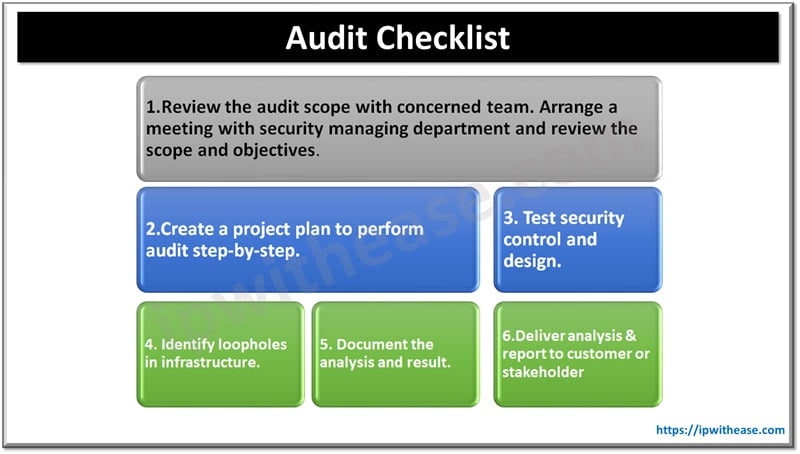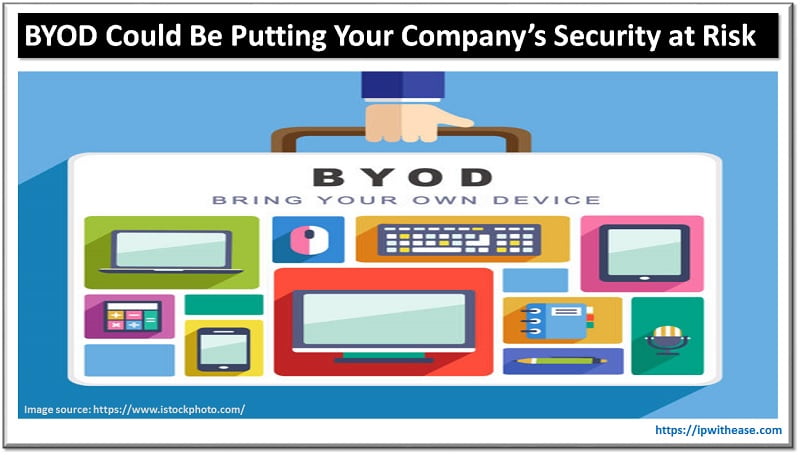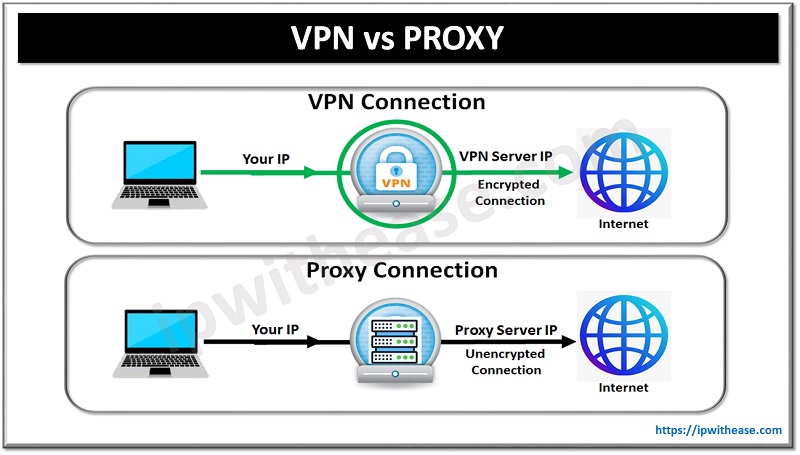Table of Contents
Digital threats keep evolving each minute, which necessitates a robust business or institutional defense. The heart of this defense lies within a Security Operations Center, the nerve center of cybersecurity efforts. Here, specialized teams monitor, detect, and thwart cyber threats around the clock.
A Security Operations Center manages protection against cyber threats. This includes securing networks and cloud environments. Its scope matches the vastness of the cyber landscape.
This article focuses on SOC automation. It defines the term and highlights its importance in modern cybersecurity. We also discuss its benefits and challenges. Additionally, we offer a guide for organizations wanting to improve their SOC capabilities. Readers should grasp the comprehensive role of SOC automation and its increasing importance.
What is SOC Automation?
A Security Operations Center is the central unit for managing security at organizational and technical levels. It combines staff, processes, and technology to monitor and enhance cybersecurity. Additionally, the SOC is vital in responding to incidents. It provides reliable resources and specialized expertise for secure handling.
A SOC monitors an organization’s security. It looks for and quickly responds to threats. SOCs use various tools and services to collect, filter, and analyze data. This helps them spot real threats and distinguish them from false alarms.
Institutions have a structured security operations center workflow. It begins with detecting threats and looking for malicious activity or unusual network behavior. If an incident arises, SOC analysts investigate it. They do this to find its nature and extent. Additionally, threat hunters actively search for threat actors and their tactics.
As threats change, the SOC must update its policies and procedures. Ongoing monitoring helps create reports and learn from incidents. This, in turn, helps enhance the security setup and response.
Related: SOC 2 Type 1 vs Type 2: Differences & Similarities
Main Focus Areas of a SOC
A Security Operations Center focuses on network, endpoint, cloud, and application security. These areas are vital for a strong defense. The SOC monitors these domains to quickly spot, analyze, and address threats.
1. Network Security
In network security, the SOC continuously monitors all activity. This includes traffic between devices and servers, as well as data moving in and out. It also watches how components interact. Using advanced tools, the SOC detects anomalies, malicious activity, and unauthorized access. Regular analysis helps catch suspicious activities that could harm data integrity.
2. Cloud Security
As businesses shift to the cloud, security becomes crucial for Security Operations Centers. They monitor and protect data in cloud services and apps. Also, SOCs adapt to changes in cloud services to prevent attacks. Their job is to stop unauthorized access, data leaks, and service disruptions. To protect cloud environments, you must set strong access controls. You must use encryption and plan for incidents.
3. Application Security
Every organization must protect its applications from exploitation. Application security ensures software and services are safe from hackers. SOCs conduct frequent vulnerability assessments. They also watch for unusual activity and update security. This approach safeguards valuable data and system processes.
SOC roles involve using advanced security measures to protect specific areas. This method is key in fighting complex cyber threats in technology.
4. Endpoint Security
This security method protects computers, laptops, phones, and more from cyber threats. You must update antivirus software and firewalls often. Such updates are crucial for preventing malware, phishing, and ransomware.
Having a clear security policy for device use is vital. It lowers data loss and network breach risks. Encryption, access control, and monitoring are also important. They help detect suspicious activities.
Good endpoint security is proactive. It supports business continuity and shields sensitive data.
Key Components of Endpoint Security
a) Antivirus and antimalware solutions
b) Firewalls
c) Intrusion prevention systems (IPS)
d) Regular updates and patch management
e) Data encryption
f) Secure access policies
g) Continuous monitoring for anomalies
Related: SOC Interview Questions
Benefits of Implementing a SOC
Security Operations Centers are vital for spotting, analyzing, and fixing cybersecurity issues. They greatly boost an organization’s security.
First, a SOC monitors network activity 24/7, catching cyber threats early. This allows for quick responses to suspicious actions. SOC teams focus on real threats, reducing false alarms.
The SOC has a team of responders and hunters using various tools to evaluate threats and adjust policies. This keeps security strong and up to date.
In a world with many operating systems and devices, the SoC’s role is crucial. It manages alerts to prevent overload, ensuring a sharp response.
Having a SOC improves incident response and keeps detailed reports. These reports help build a stronger, more adaptable security strategy.
Roles and Responsibilities Within a SOC Team
A Security Operations Center team has dedicated professionals. They work together to boost an organization’s cybersecurity. Key roles and responsibilities within the team include:
1. Security Analysts
They analyze security alerts to find suspicious activities. They then decide whether they’re false or real threats.
2. Incident Responders
Upon finding a security incident, they start a good response. It stops threats and reduces damage.
3. Threat Hunters
They search for potential threats that evade normal threat detection. This helps to improve security.
4. SOC Manager
This person oversees the SOC operations. They make sure the team follows the security policy. They also coordinate activities among different roles.

5. Compliance Auditor
They ensure that operating systems, networks, and devices follow the rules. They also keep the necessary documents.
Their teamwork enables continuous monitoring of the threat landscape. It ensures a quick response to cyber threats. This keeps the organization’s security strong against attackers.
Steps to Getting Started with a SOC
Creating a Security Operations Center boosts an organization’s cyber defenses. It helps fight cyber threats effectively. To start, the organization must check its security readiness. Then, it needs to form a strong team, set up solid processes, and pick suitable automation tools.
1. Assessing Security Readiness
Before setting up a SOC, the organization should check its current security. This step helps understand its security maturity. It also reveals any gaps that need filling. It takes into account the number of security alerts. It also considers the ability to analyze and respond to them. It looks at existing policies and threat response systems. Knowing the organization’s security position is key to establishing a successful SOC.
2. Building the SOC Team
A skilled team is vital to an effective SOC. It should include security analysts, incident responders, threat hunters, and managers. Each member needs the right skills in operating systems, security architecture, and threats. Regular training is crucial. It keeps them up to date on new threats and response strategies.
3. Setting up Processes and Procedures
Processes and procedures are essential for SOC operations. They outline how to spot, assess, report, and solve security incidents. An SOP (standard operating procedure) is a must for tasks. These tasks include monitoring, investigating, and reporting incidents. Protocols for escalating incidents and talking to stakeholders ensure quick and effective responses.
Conclusion and Final Thoughts
A Security Operations Center is essential for strong cybersecurity in an organization. It identifies and counters threats with rapid precision. The team, including threat hunters and incident responders, monitors activities. They spot real threats, which helps avoid false alarms.
Moreover, a clear security policy and strong systems are vital. They guide the team through complex challenges. Regular updates are necessary to stay ahead of new threats.
An active SOC protects important assets and handles advanced threats. It focuses on security, manages alerts, and reviews incidents. This approach builds a stronger defense against cyber threats.
ABOUT THE AUTHOR
IPwithease is aimed at sharing knowledge across varied domains like Network, Security, Virtualization, Software, Wireless, etc.



